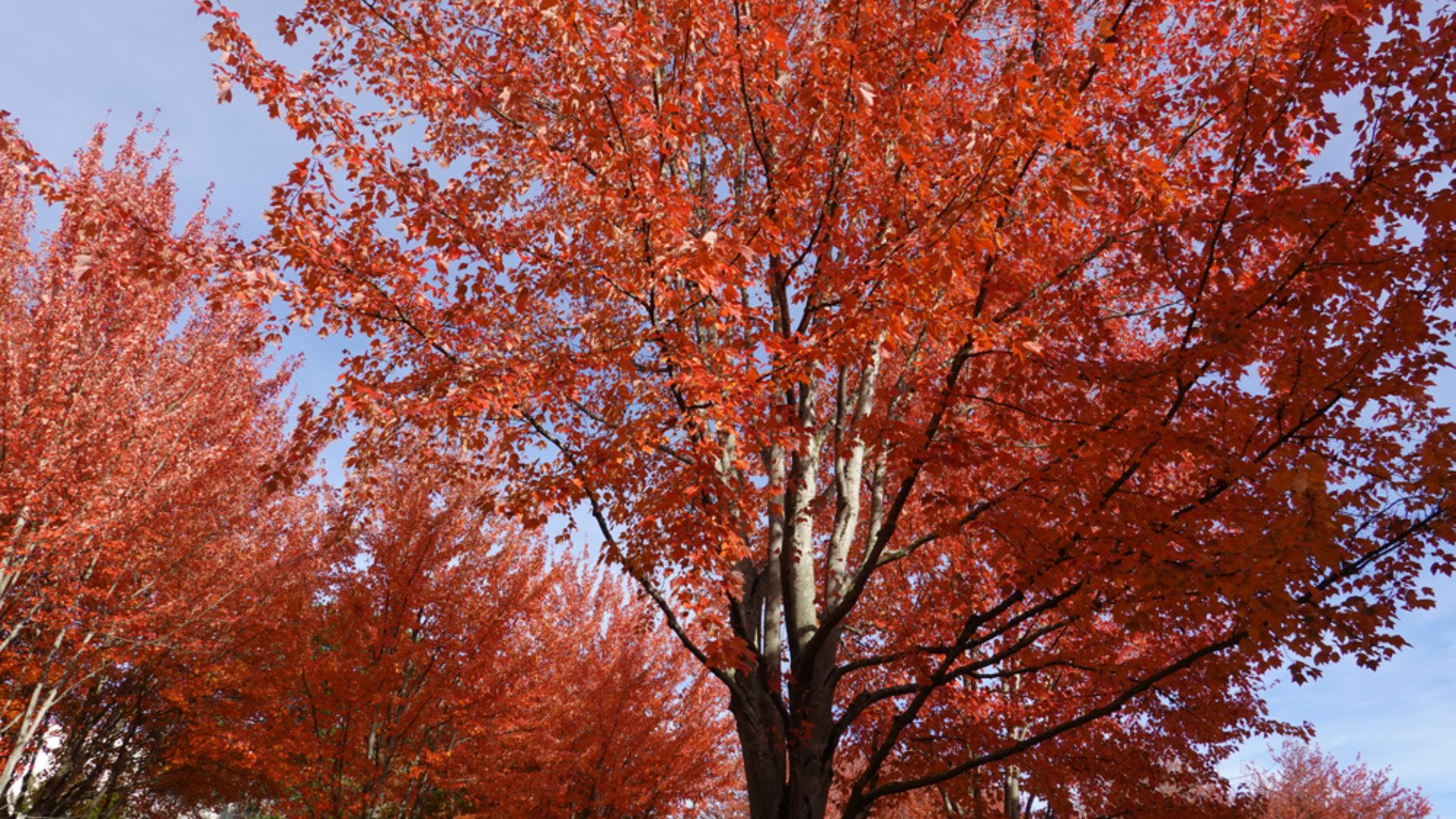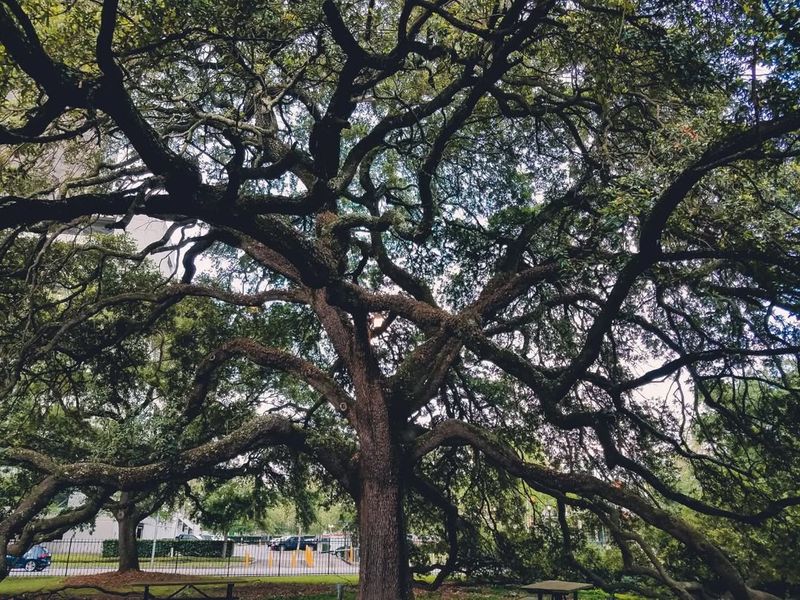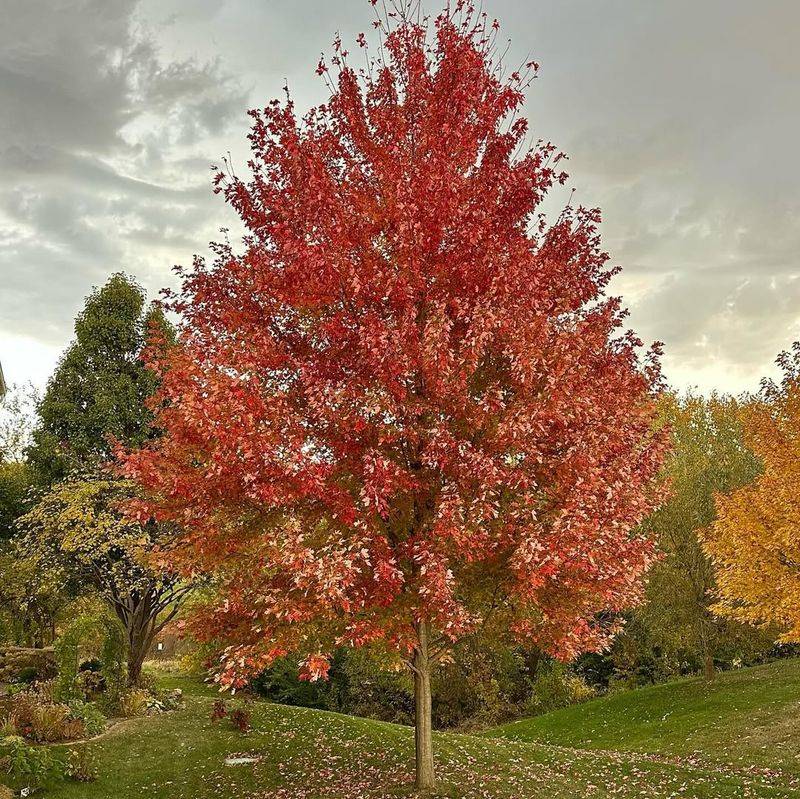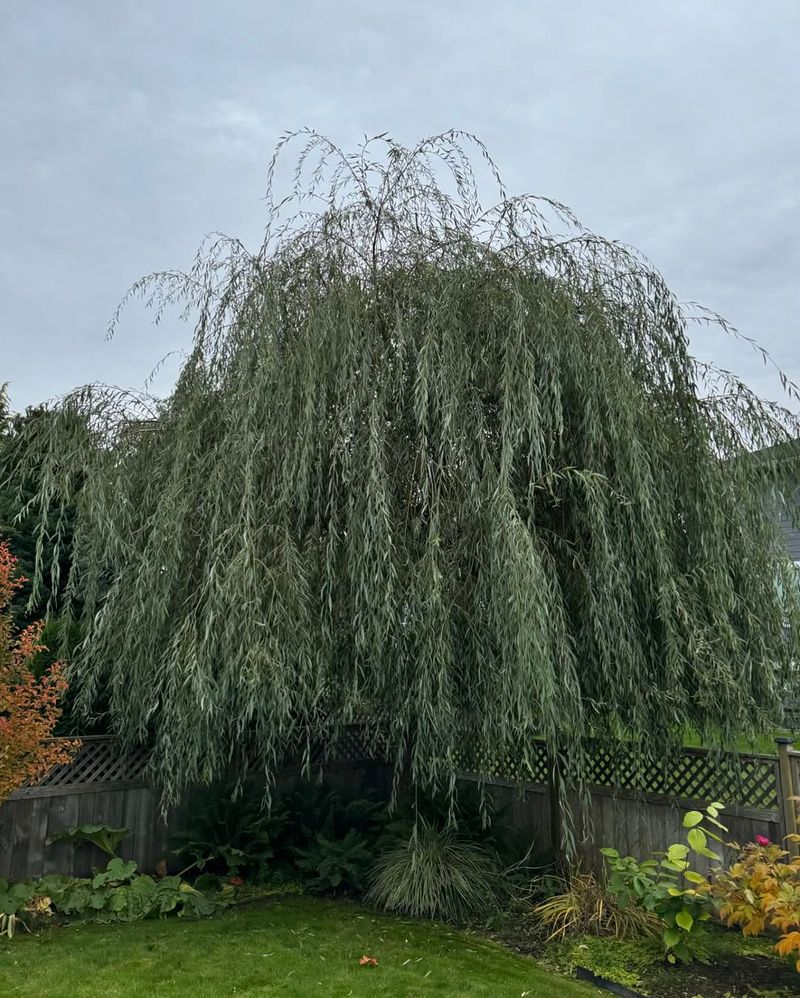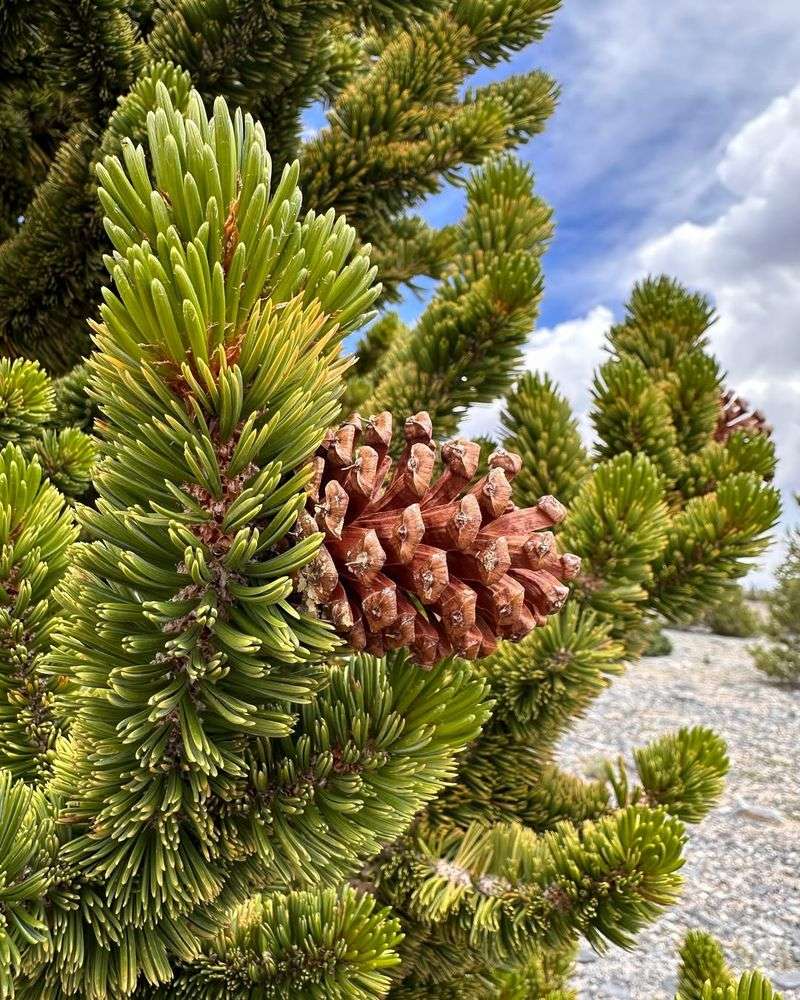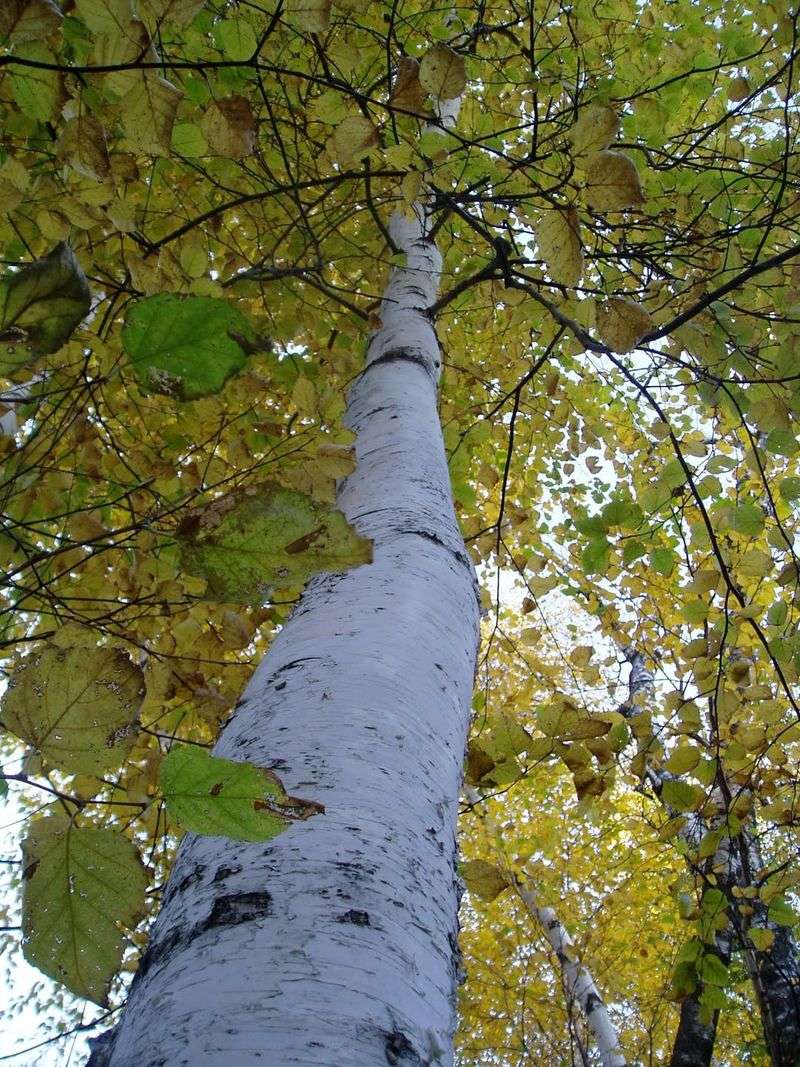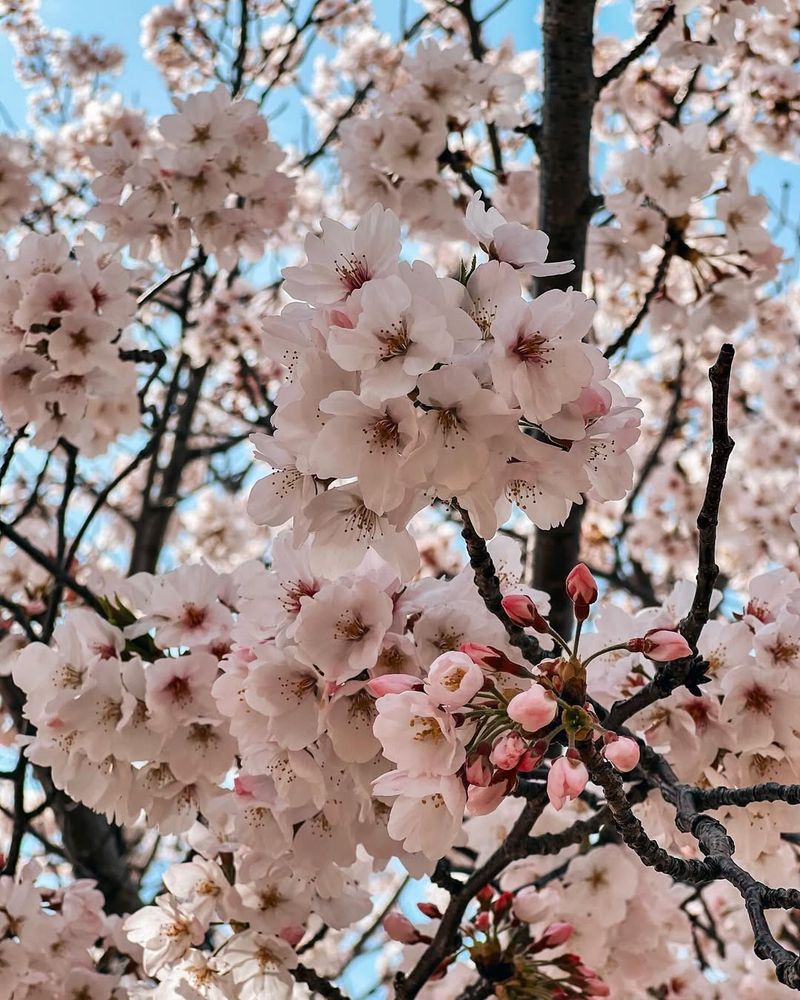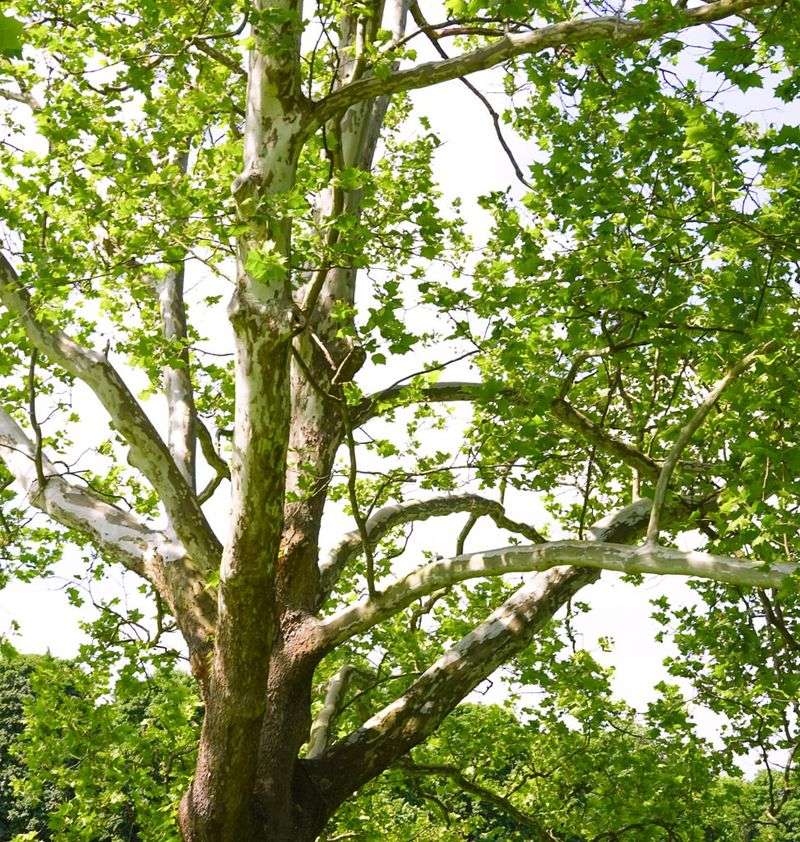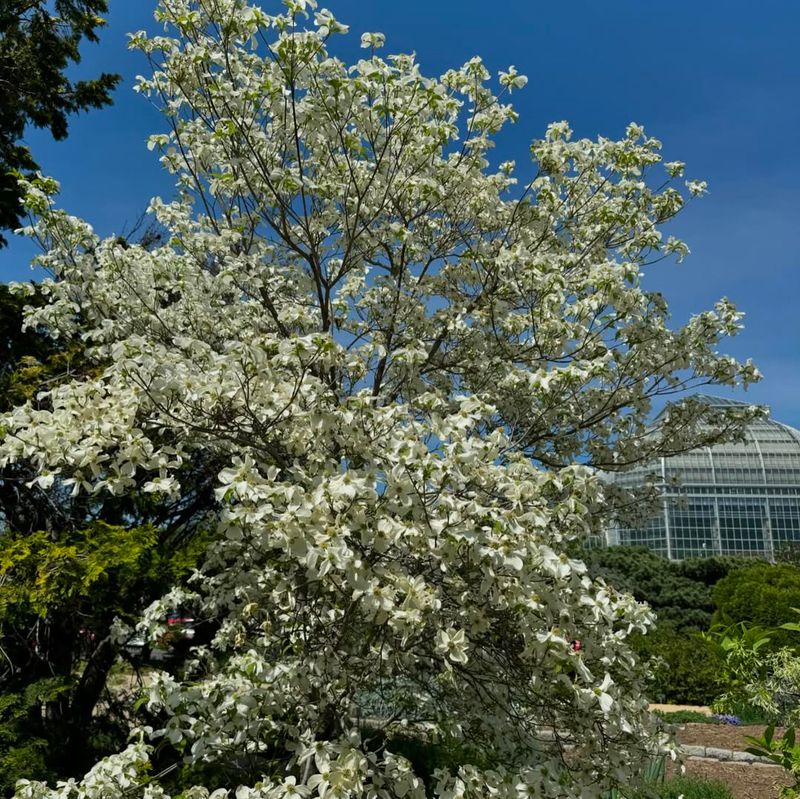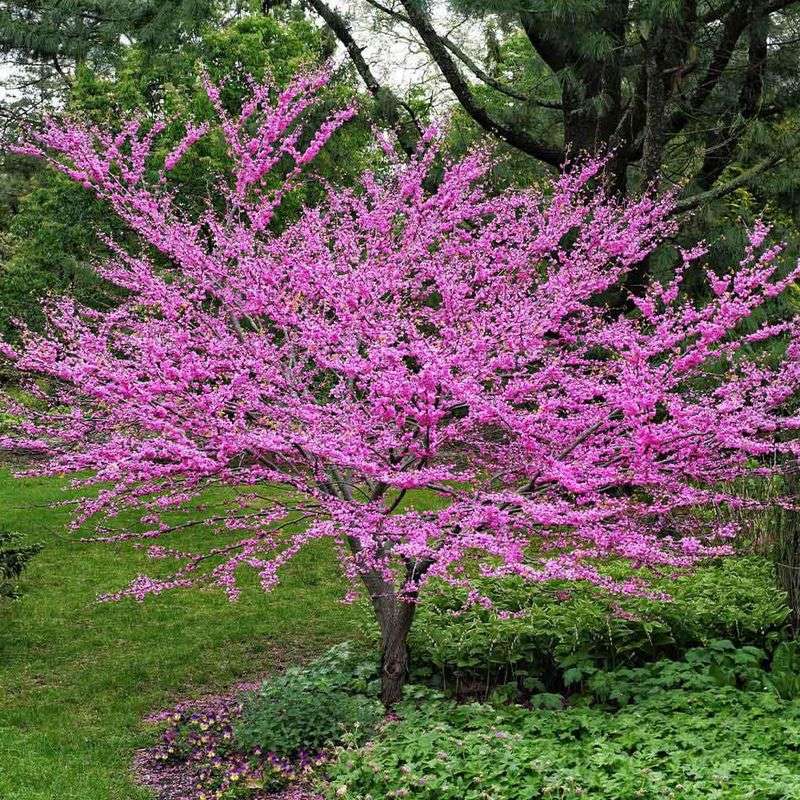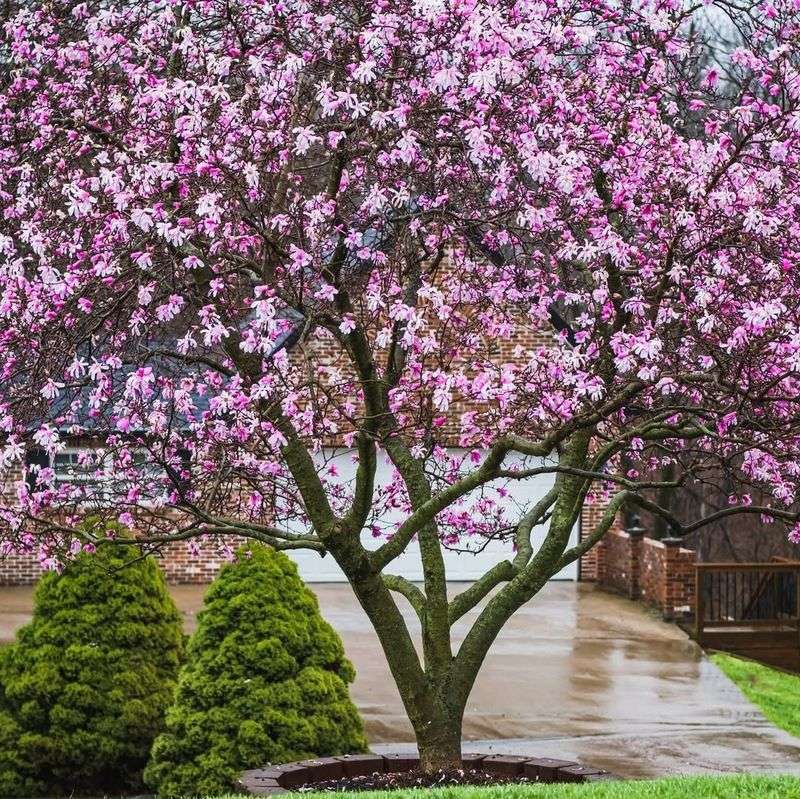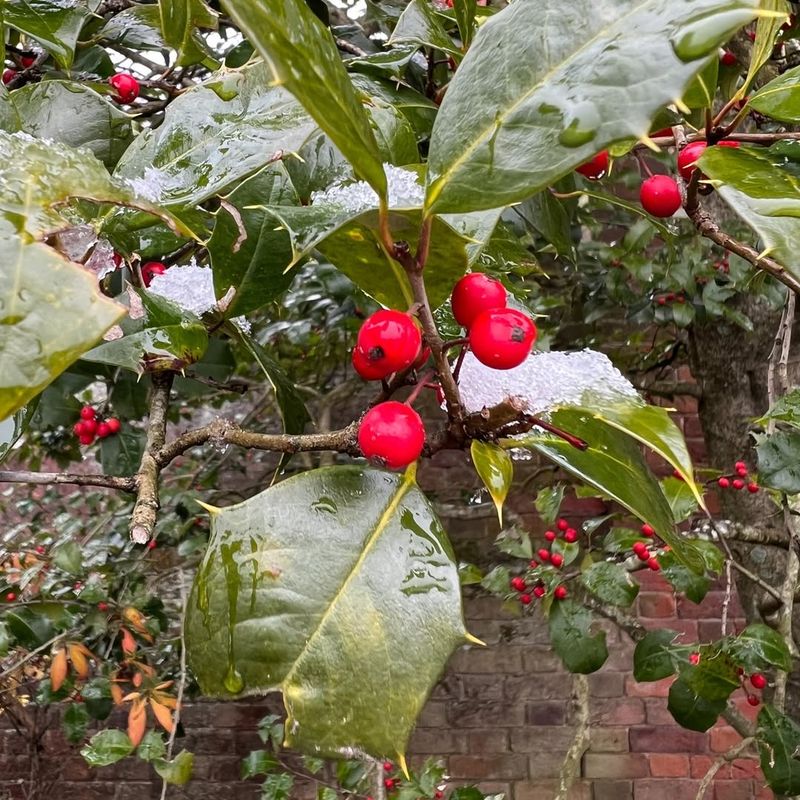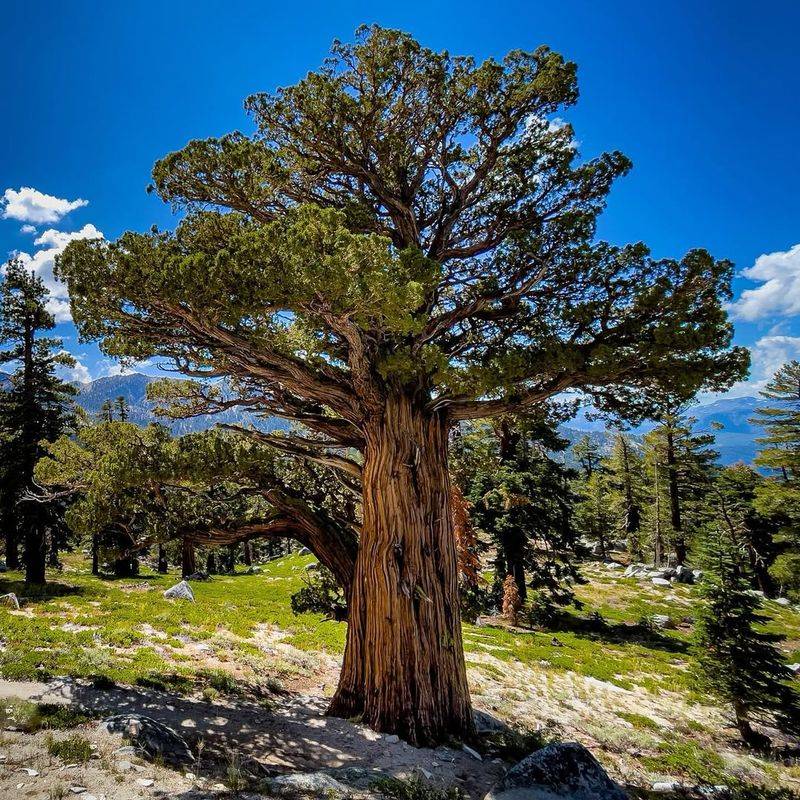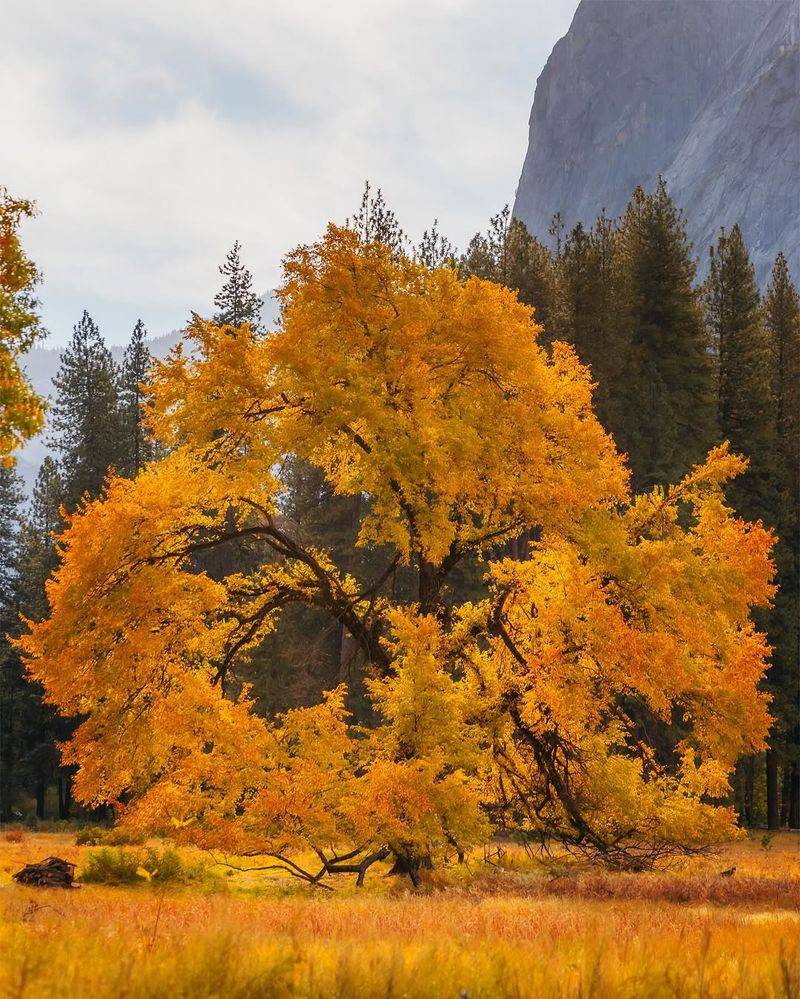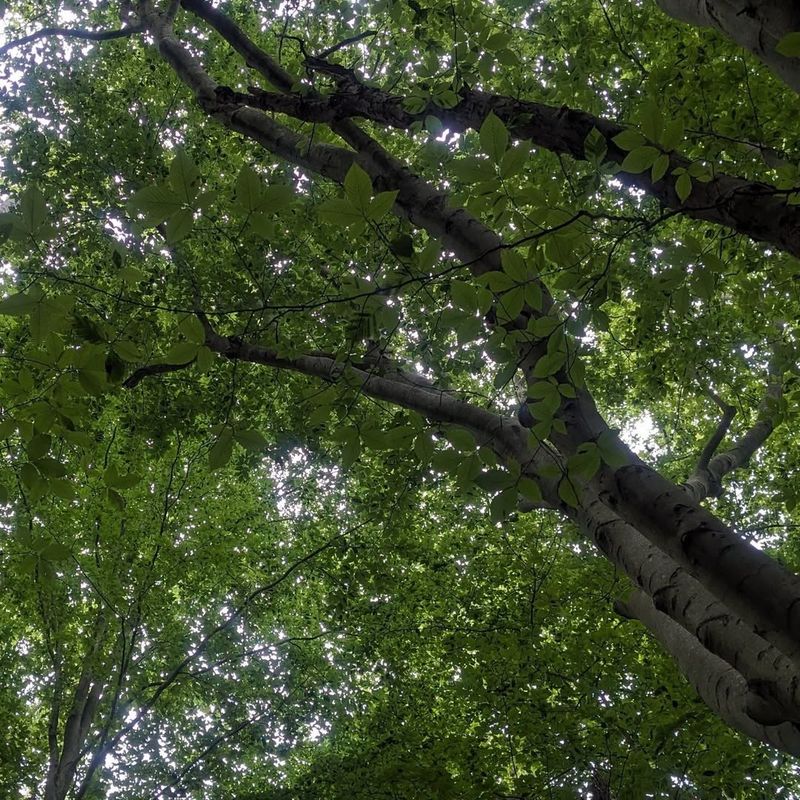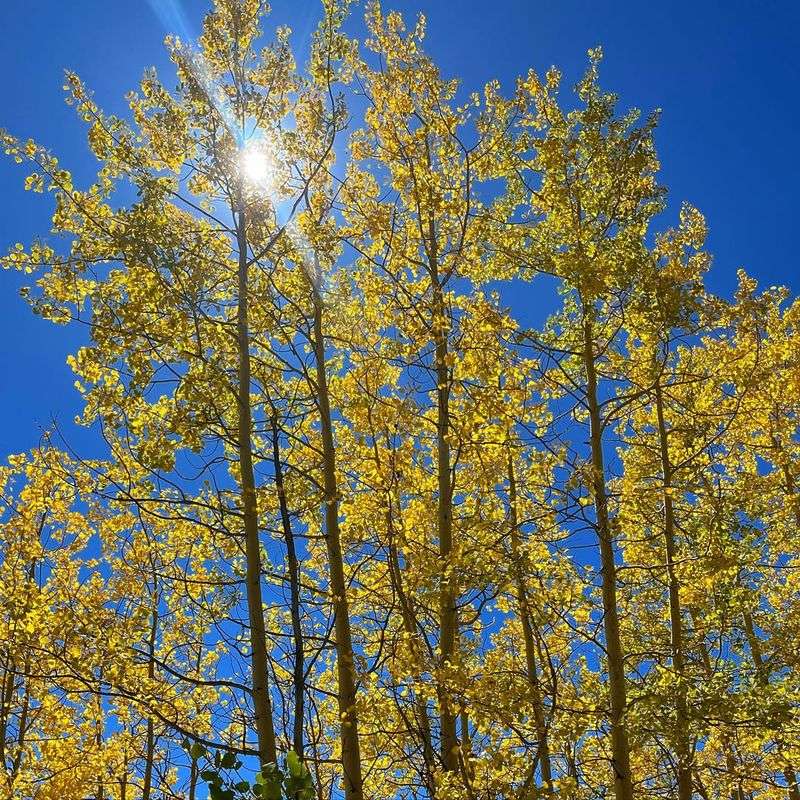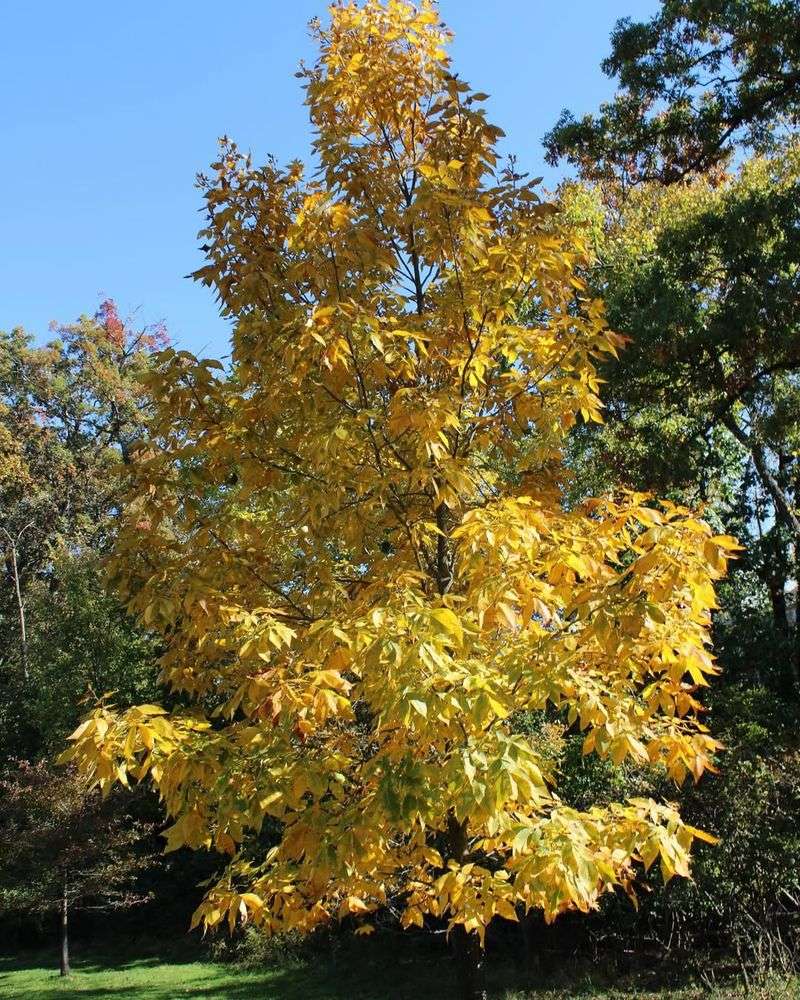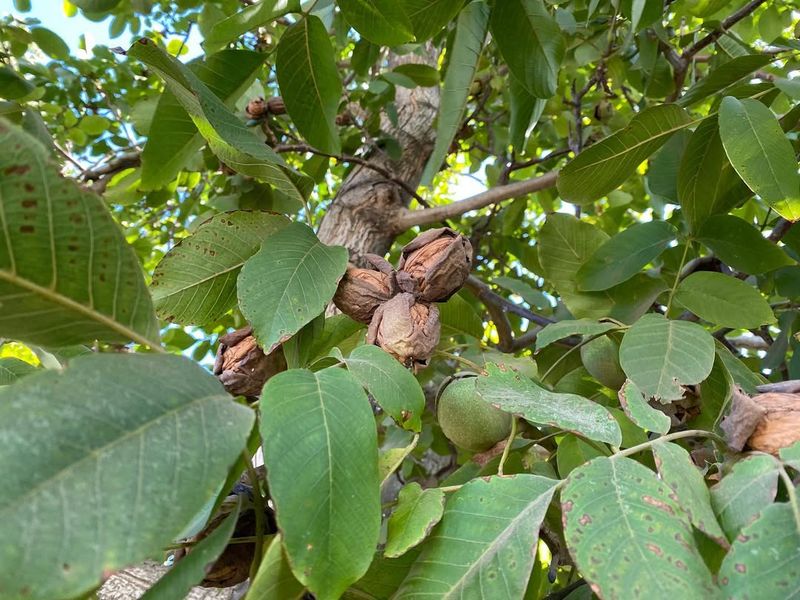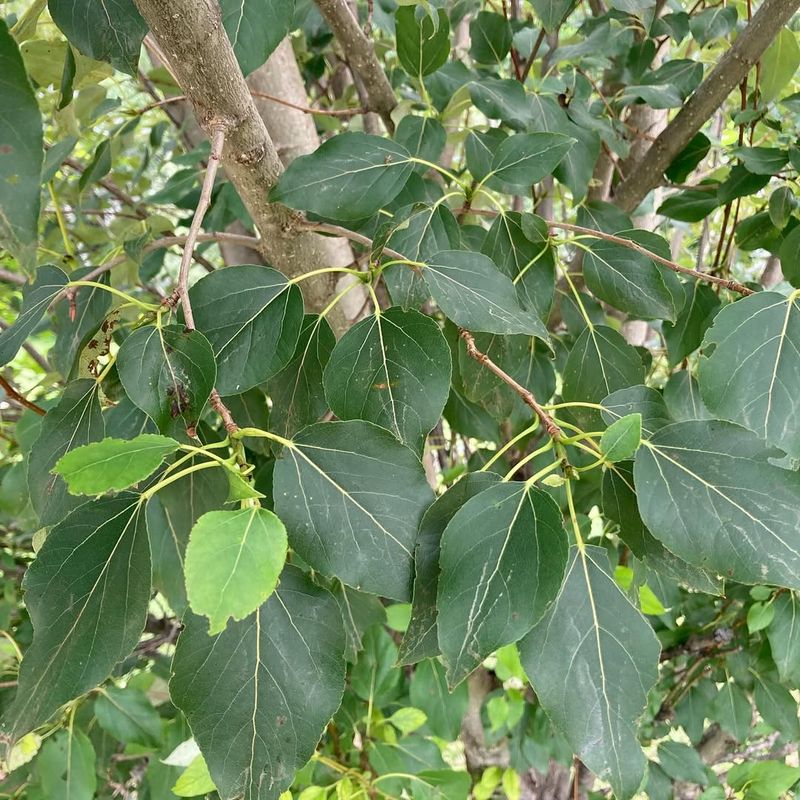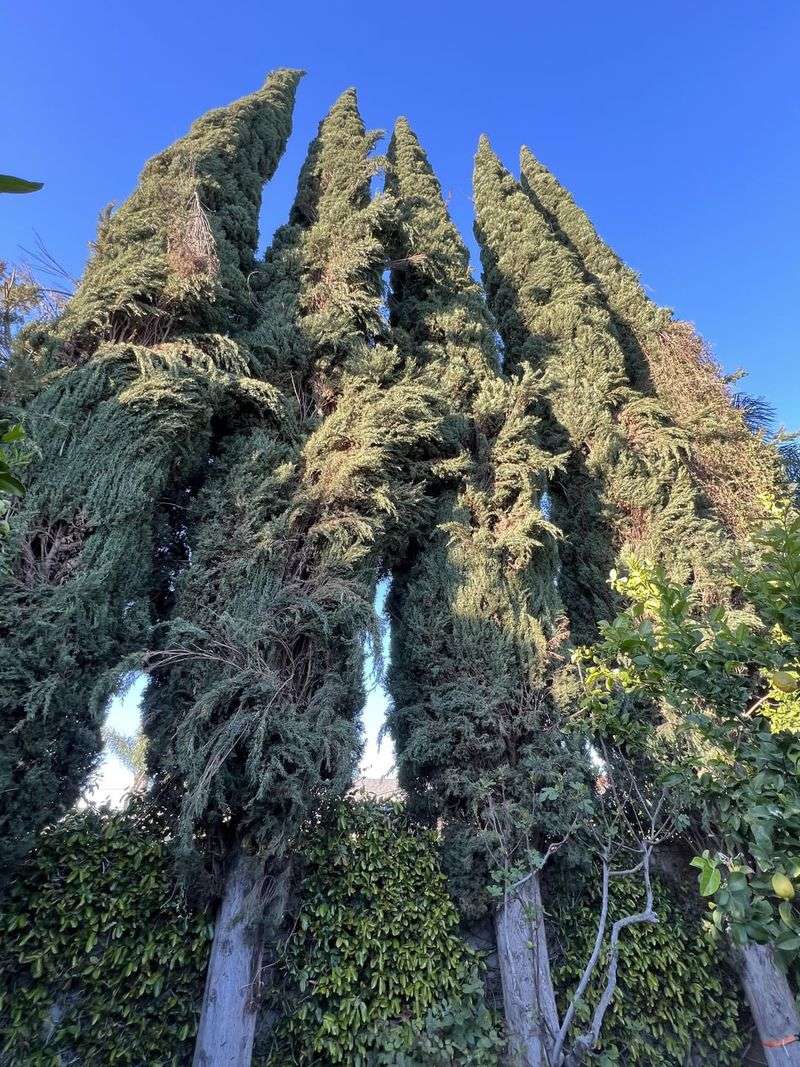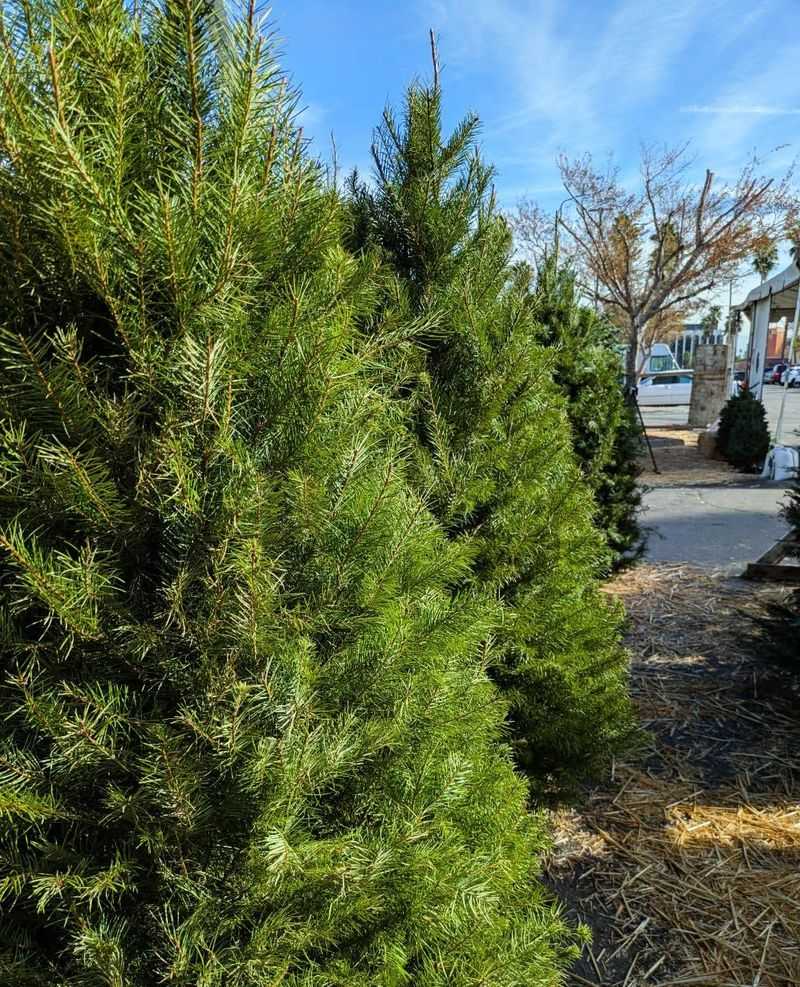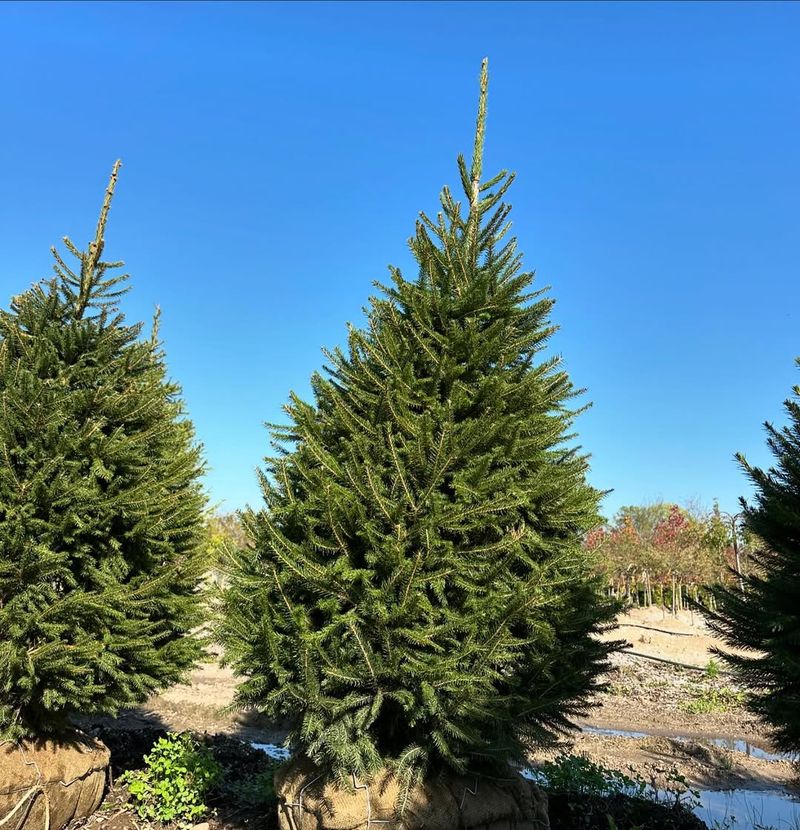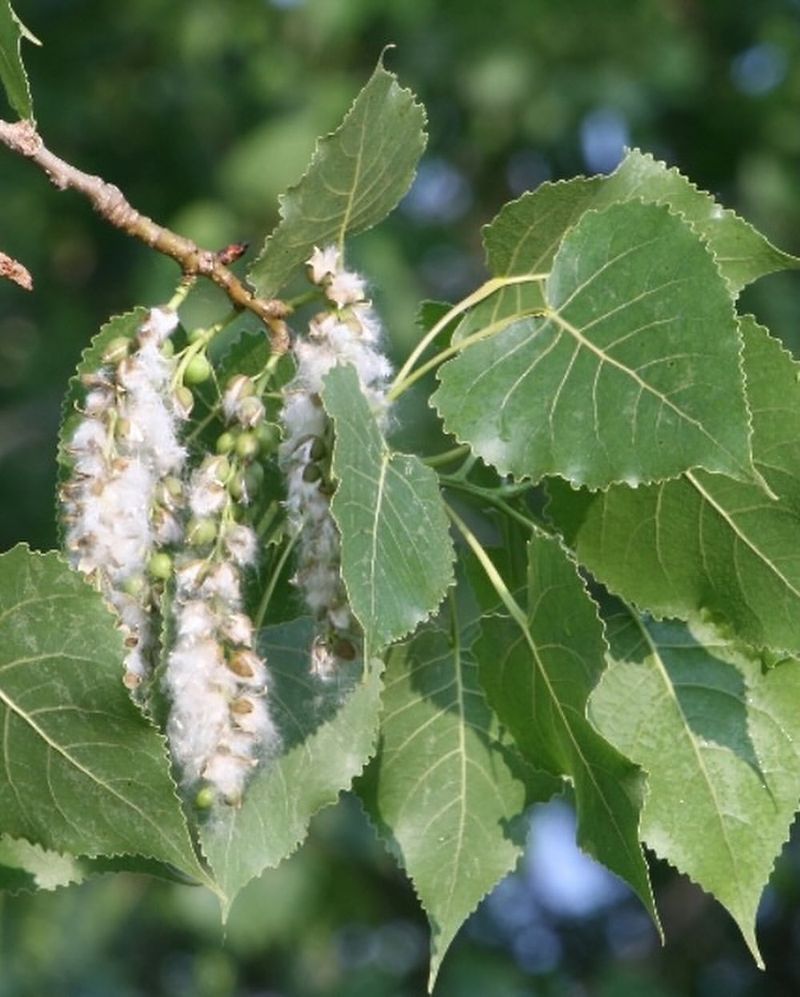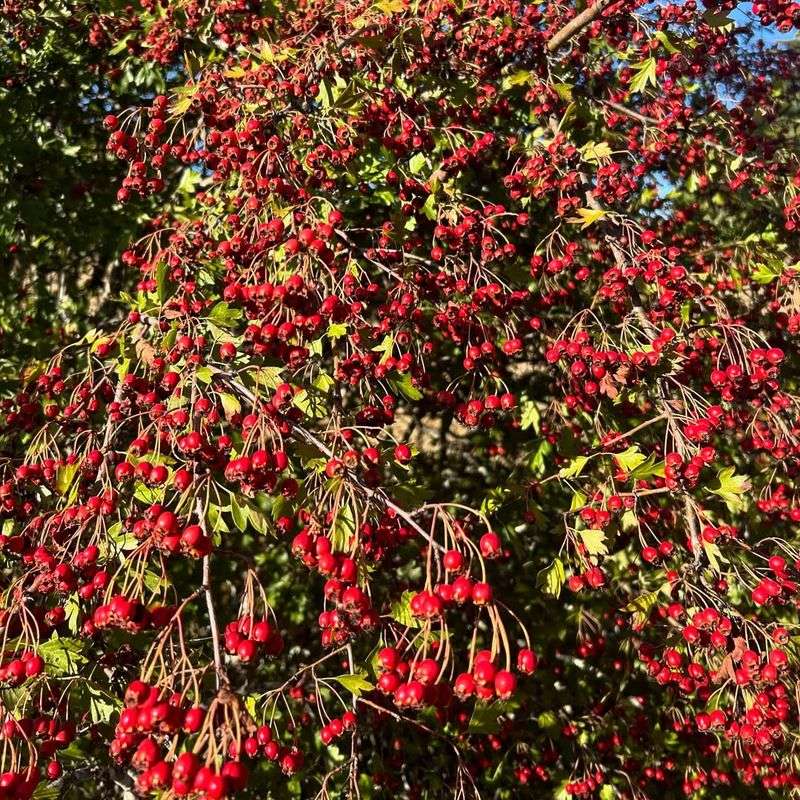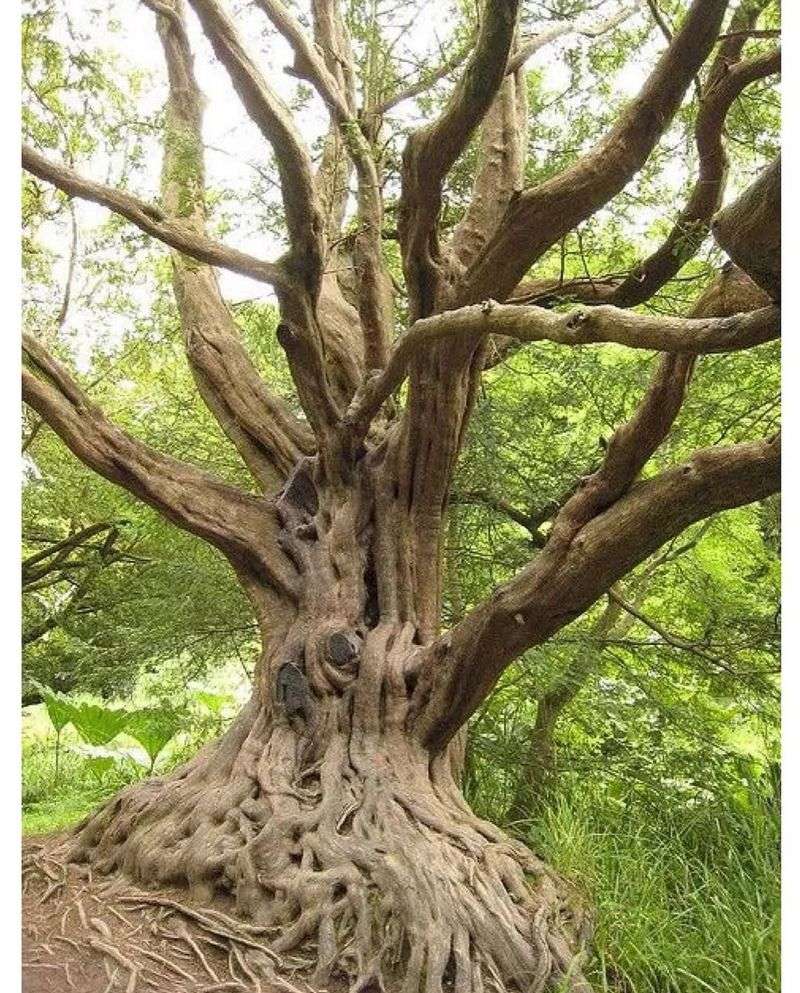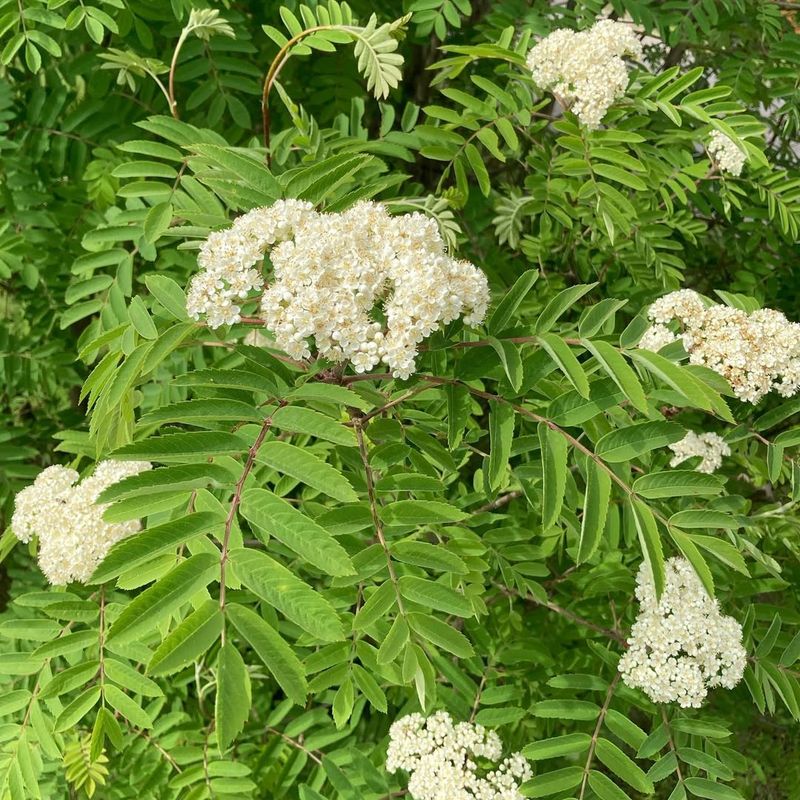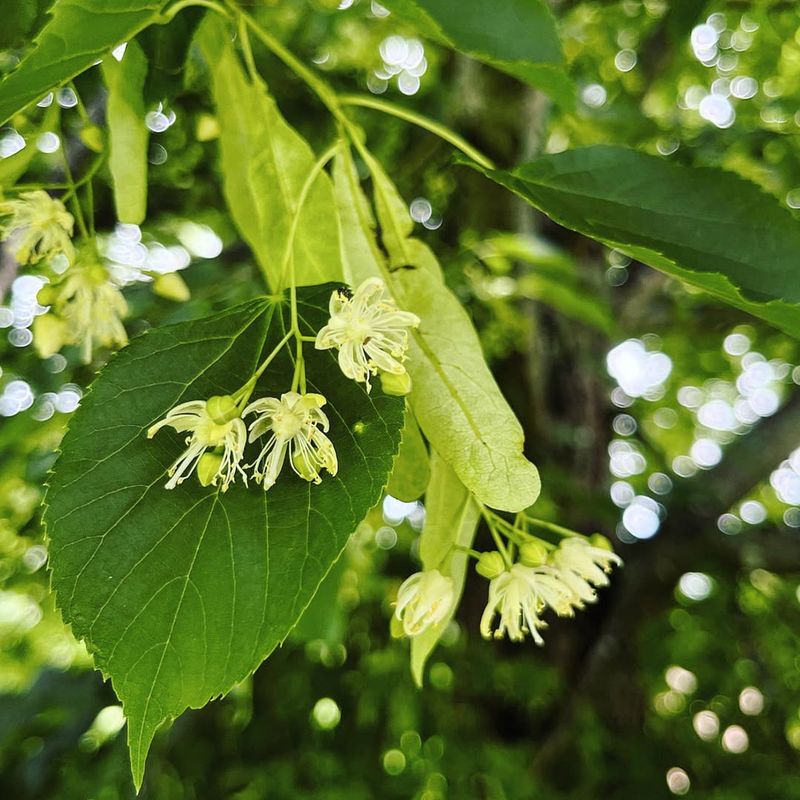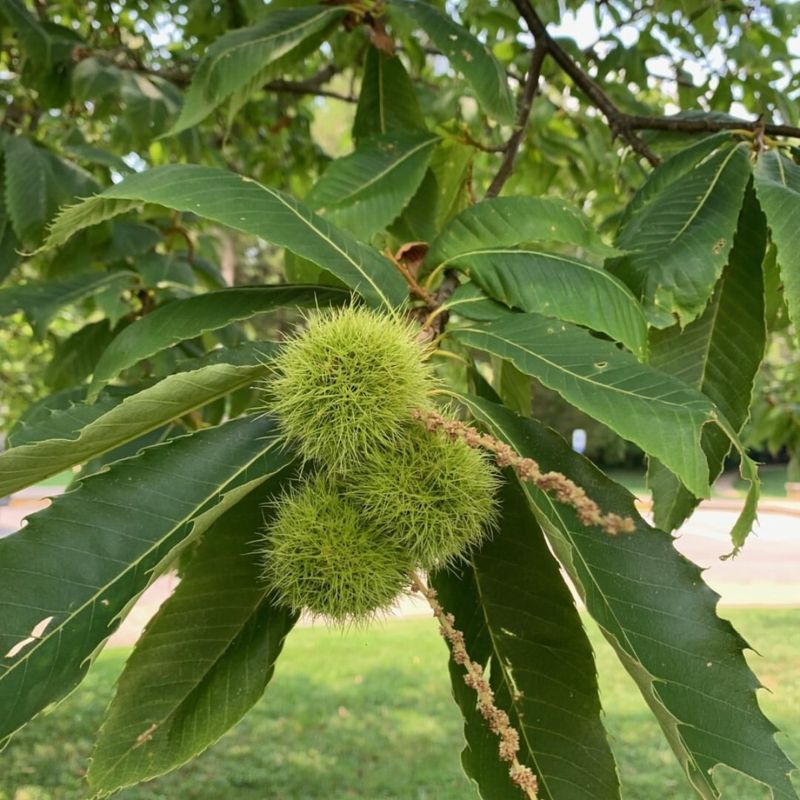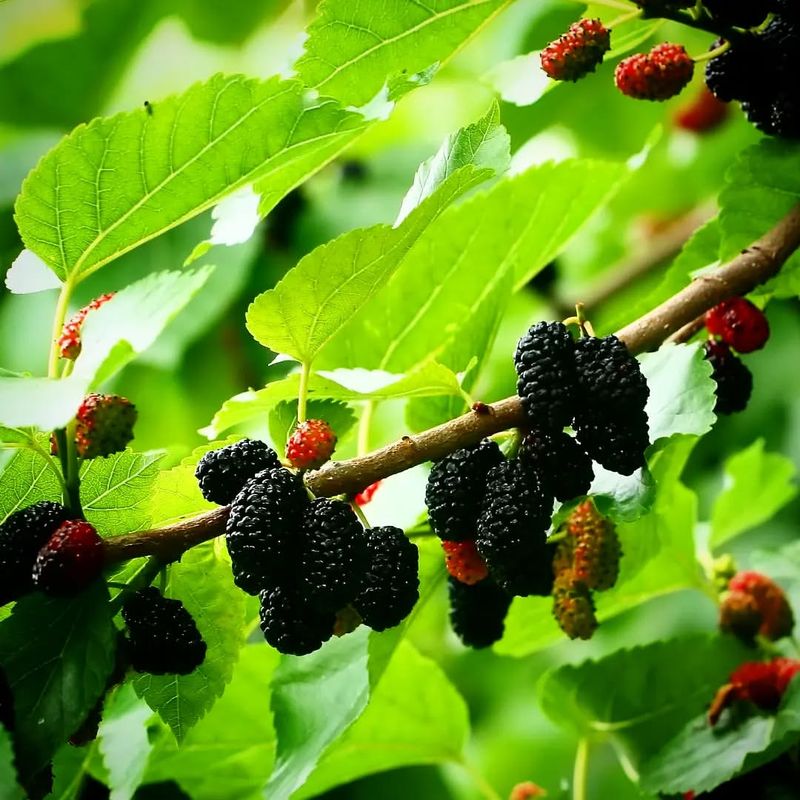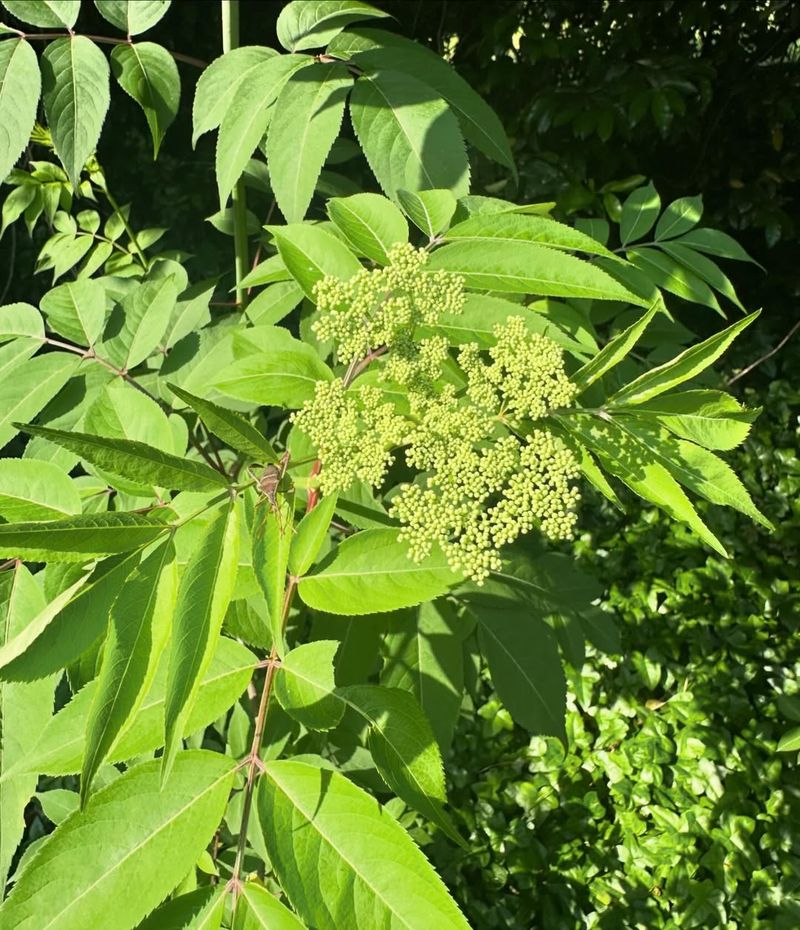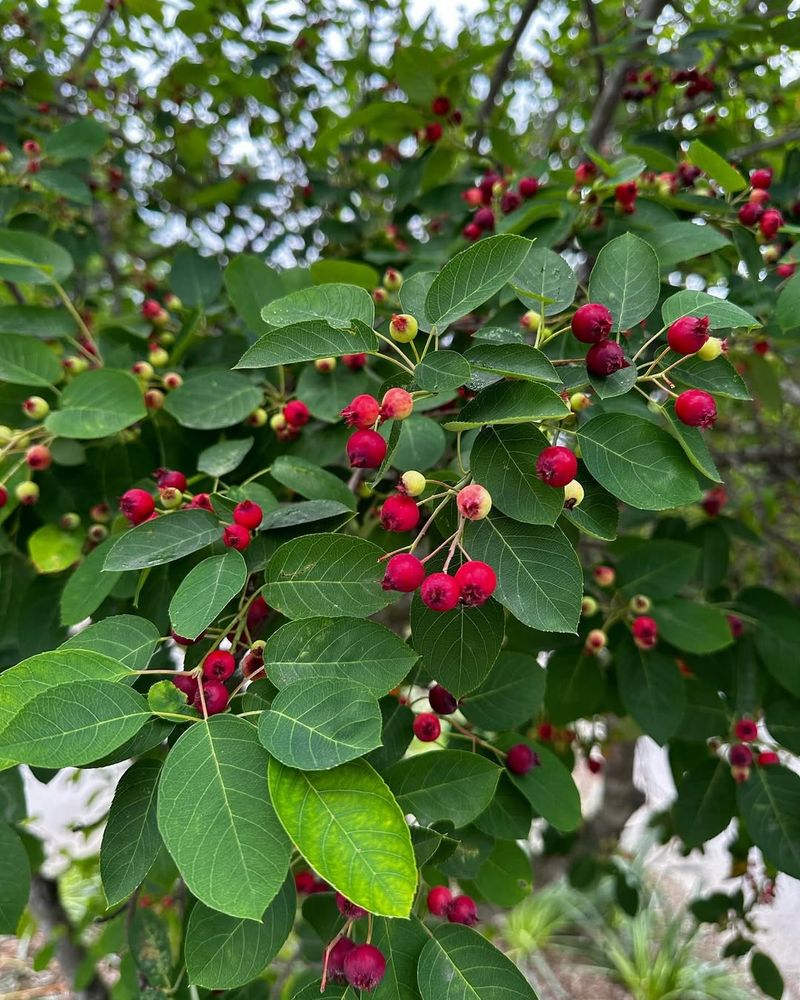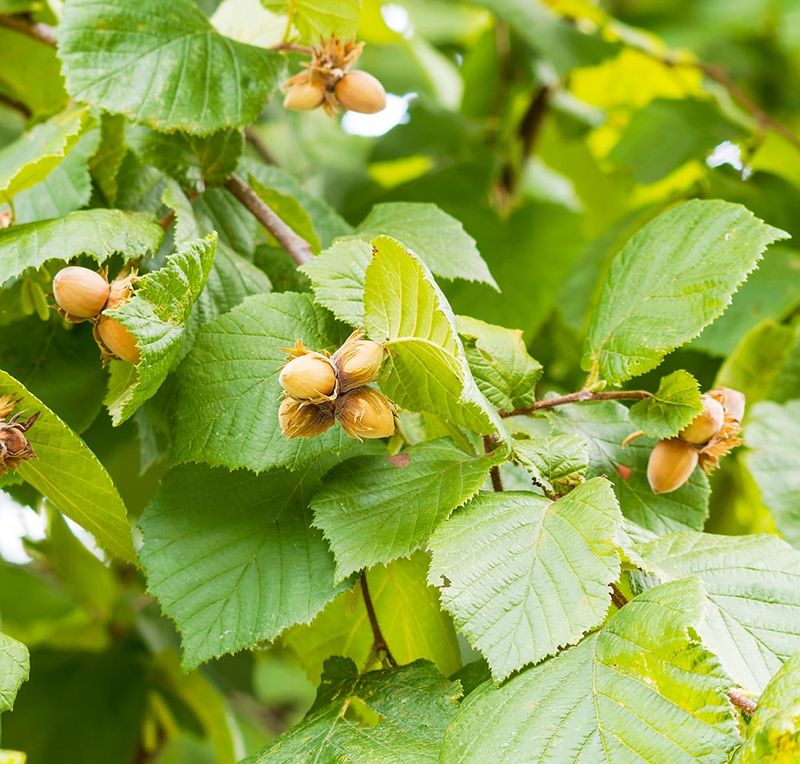Planting native trees is a powerful way to support local wildlife. These trees provide essential habitats and food sources, fostering biodiversity right in your backyard.
By choosing the right natives, you help sustain the natural ecosystem, making a significant impact on the environment. Let’s explore some incredible native trees you can plant to create a vibrant and supportive habitat for wildlife.
1. Oak Tree
There is something grand about an ancient tree. The oak tree offers an expansive canopy, providing shelter and food for countless creatures. Its acorns are a vital food source for squirrels and birds.
Under its wide branches, a whole ecosystem thrives. From beetles to owls, many species call the oak tree home. It’s a valuable addition to any backyard aiming to support native wildlife.
2. Maple Tree
Bright colors catch the eye during fall. The maple tree stands out with its fiery leaves, attracting wildlife like a beacon. Its sap and seeds provide nourishment to various animals.
In spring, maple flowers offer nectar for bees and other pollinators. This dynamic tree serves the ecosystem year-round, making it a must-have for a wildlife-friendly garden.
3. Willow Tree
Elegance and tranquility often go hand in hand. The willow tree, with its sweeping branches, offers a serene refuge for wildlife. Its flexible limbs provide nesting sites for birds.
The tree’s proximity to water makes it a favorite among aquatic creatures. Willows also help stabilize soil, preventing erosion near water bodies.
4. Pine Tree
Standing tall and evergreen, this tree is a symbol of resilience. The pine tree’s needles and cones support a variety of wildlife, offering food and shelter.
During winter, its dense branches provide a haven for animals. Pines also improve soil health, making them an excellent choice for sustainable landscaping.
5. Birch Tree
Beauty and utility merge seamlessly. The birch tree’s distinctive white bark and delicate leaves enhance any landscape. Its seeds and buds support small mammals and birds.
Insect life flourishes in its branches, drawing in more wildlife. Birches are hardy and adaptable, thriving in various conditions.
6. Cherry Blossom
Nothing says spring like a burst of blossoms. Cherry trees are stunning and provide vital resources for pollinators. Their blooms attract bees, butterflies, and birds.
As the season progresses, these trees offer fruit, feeding a range of wildlife. Cherry trees are as practical as they are beautiful.
7. Sycamore Tree
Find strength in the towering presence. The sycamore tree is known for its broad leaves and robust trunk. This tree offers shade and habitat for numerous bird species.
Its seeds are a food source for small mammals. Sycamores are particularly well-suited to wet areas, thriving along riverbanks and floodplains.
8. Dogwood Tree
An explosion of flowers can be quite captivating. Dogwood trees, with their striking blooms, are a favorite among birds and butterflies. These trees provide both beauty and sustenance.
Their fruits are a nutritious snack for wildlife. Dogwoods thrive in a variety of landscapes, making them a versatile choice for any garden.
9. Redbud Tree
The allure of vibrant colors can’t be overstated. The redbud tree bursts into a stunning display of pink flowers, drawing in pollinators like bees and butterflies.
After flowering, it offers seeds that nourish birds and small mammals. Redbuds are compact and ideal for smaller gardens.
10. Magnolia Tree
Perfumed and picturesque, the magnolia tree is a sensory delight. Its large, fragrant flowers attract pollinators and provide sustenance for birds and mammals.
Magnolias are sturdy, offering shelter with their big leaves. This tree is a perfect blend of beauty and functionality.
11. Holly Tree
Vibrant and festive, this tree stands out in any garden. The holly tree’s glossy leaves and red berries are a crucial winter food source for birds.
Its dense foliage offers protection against the elements. Hollies are evergreen, adding year-round interest to your landscape.
12. Juniper Tree
Adaptability is key to thriving. The juniper tree is a resilient species, offering food and shelter with its berries and branches.
This tree thrives in rocky and dry conditions, supporting wildlife in challenging environments. Its evergreen nature provides constant habitat for many species.
13. Elm Tree
Shade and shelter are essential in a thriving ecosystem. The elm tree, with its broad canopy, is a crucial part of any wildlife-friendly garden. Its seeds feed birds, while its branches offer nesting sites.
Elms are robust and provide excellent shade, making them a valuable addition to parks and large gardens.
14. Beech Tree
Elegance and endurance are hallmark traits. The beech tree’s smooth bark and dense leaves provide significant wildlife benefits. Its nuts are a staple in the diets of many animals.
Under its branches, a diverse array of creatures finds refuge. Beech trees are long-lived, providing sustained benefits over time.
15. Aspen Tree
Enchantment often lies in motion. Aspen trees are famous for their shimmering leaves that quiver in the breeze, capturing attention and providing food for wildlife.
Their bark contains nutrients that feed a variety of animals. Aspens grow in colonies, supporting expansive ecosystems.
16. Hickory Tree
Strength and sustenance go hand in hand. The hickory tree is prized for its sturdy wood and nutritious nuts, which feed a plethora of wildlife.
Its branches offer nesting sites for birds, contributing to a healthy ecosystem. Hickory trees are a durable choice for supporting biodiversity.
17. Walnut Tree
Under its sprawling branches, life flourishes. The walnut tree produces nuts that are a vital food source for many species, supporting wildlife diversity.
Its large canopy provides excellent shade and habitat. Walnuts are a long-term investment in any wildlife-supporting garden.
18. Poplar Tree
Graceful and tall, this tree commands attention. Poplar trees are fast-growing and provide quick shelter and food for wildlife.
Their leaves and bark support a range of animals, making poplars a valuable addition to open spaces. They are particularly good for creating windbreaks.
19. Cypress Tree
Mystique and majesty in the wetlands. Cypress trees are specially adapted to thrive in swampy areas, providing essential habitat for waterfowl and other aquatic species.
Their wood is resistant to decay, offering durable nesting sites. Cypress trees are vital to maintaining wetland ecosystems.
20. Fir Tree
In winter months, evergreens are a haven. Fir trees, with their symmetrical branches, provide shelter and food for a variety of wildlife.
Their cones are a reliable food source, and branches offer protection from the cold. Firs are a staple in supporting year-round wildlife.
21. Spruce Tree
Resilience is a forest’s backbone. Spruce trees are hardy, supporting wildlife with their cones and dense foliage.
Their wood is used for nesting, while the tree itself offers habitat. Spruces are key players in mountainous ecosystems.
22. Cottonwood Tree
Along riverbanks, life flourishes. Cottonwood trees are known for their broad leaves and seeds that float like cotton, providing food and habitat.
These trees grow rapidly, supporting fast development of ecosystems. Cottonwoods are crucial for riverbank stability.
23. Hawthorn Tree
A touch of the wild in your garden. Hawthorn trees, with their thorny branches and red berries, offer protection and nourishment.
Their flowers attract pollinators, while berries feed birds. Hawthorns are perfect for creating wildlife-friendly hedges.
24. Yew Tree
Mystery and longevity define this species. Yew trees, with their red arils, provide food for birds while offering a sheltered habitat.
These trees are incredibly long-lived, supporting generations of wildlife. Yews add an element of intrigue to any forested area.
25. Rowan Tree
Fortune and folklore come alive. Rowan trees, with their bright red berries, are steeped in tradition and provide food for wildlife.
Their flowers attract pollinators, ensuring a lively garden. Rowans are a delightful addition to any wildlife-friendly space.
26. Linden Tree
Sweet fragrances fill the air. Linden trees, with their heart-shaped leaves and fragrant flowers, attract bees and butterflies.
Their shade and shelter support a variety of wildlife. Lindens also add beauty and interest to urban landscapes.
27. Chestnut Tree
Strength and sustenance beneath the canopy. Chestnut trees produce nuts that are a key food source for wildlife.
These trees offer shelter with their broad canopies. Chestnuts are a valuable addition to any wildlife-supporting landscape.
28. Mulberry Tree
Juicy rewards for those who visit. Mulberry trees are loved for their sweet berries, which attract birds and small mammals.
Their leaves support caterpillars and other insects. Mulberries bring a touch of sweetness to any wildlife-friendly garden.
29. Elder Tree
A hedge of abundance awaits. Elder trees, with their white flowers and dark berries, are a food source for many species.
Their foliage provides shelter, while flowers attract pollinators. Elders are a versatile choice for enhancing biodiversity.
30. Serviceberry Tree
In early spring, beauty blooms. Serviceberry trees burst with white flowers, drawing in pollinators and providing early food sources.
Their berries nourish birds and small mammals. Serviceberries are charming and beneficial in supporting local ecosystems.
31. Hazel Tree
Rich in history and sustenance. Hazel trees produce nuts that are a favorite among wildlife, offering vital nutrition.
Their dense growth offers protection for nesting. Hazels are perfect for enhancing any wildlife habitat.

